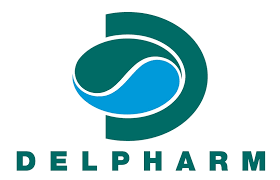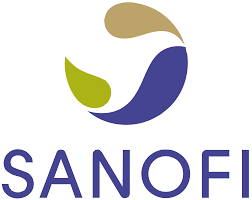International Excellence in Health at Paris-Saclay
From fundamental research to clinical medicine, including applied research, student training, and industrial innovation, the Paris-Saclay cluster brings together all the actors in the medical and pharmaceutical innovation chain around the same objective: inventing the medicine of the future. With world-class higher education institutions and research laboratories, international industrial groups, high-tech start-ups, and some of the best hospitals in Europe, the Paris-Saclay area benefits from a particularly rich ecosystem. Its strength lies in the concentration of actors, the density of skills, and the synergies deployed across disciplines and sectors. technologies.

Health ecosystem in Paris-Saclay
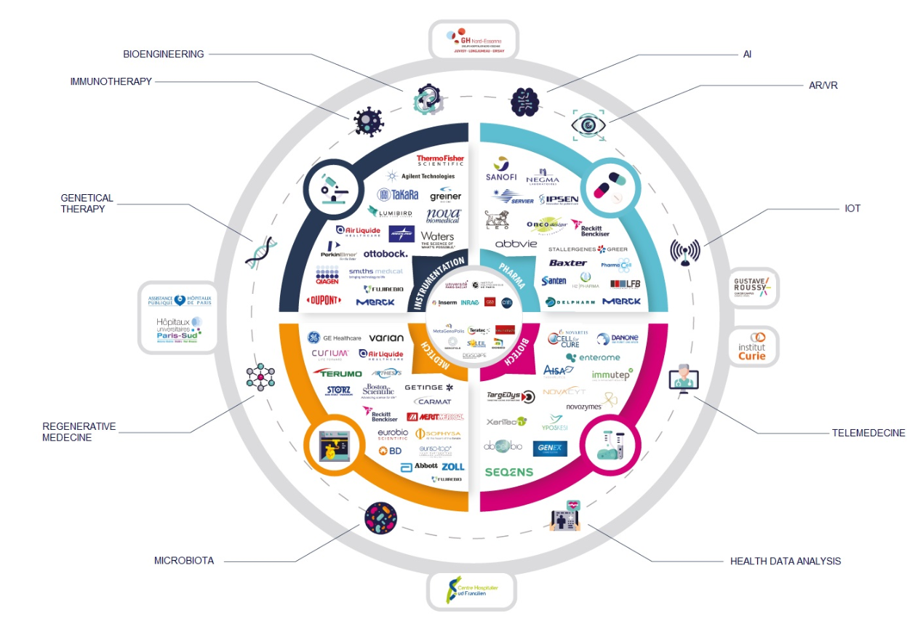
À Paris-Saclay, des groupes industriels de renommée mondiale
Learn moreE4H - Engineering for Health Interdisciplinary Center
An interdisciplinary research center to shape the future of life sciences and health and to address key societal challenges. The goal of the Engineering for Health (E4H) Interdisciplinary Research Center is to leverage IP Paris’ strengths in the physical, mathematical, and social sciences towards a highly quantitative and interdisciplinary approach to the life sciences and medicine. We wish to foster a dynamic environment where basic and translational research continuously feed off of one another to address major societal challenges in health and well-being.
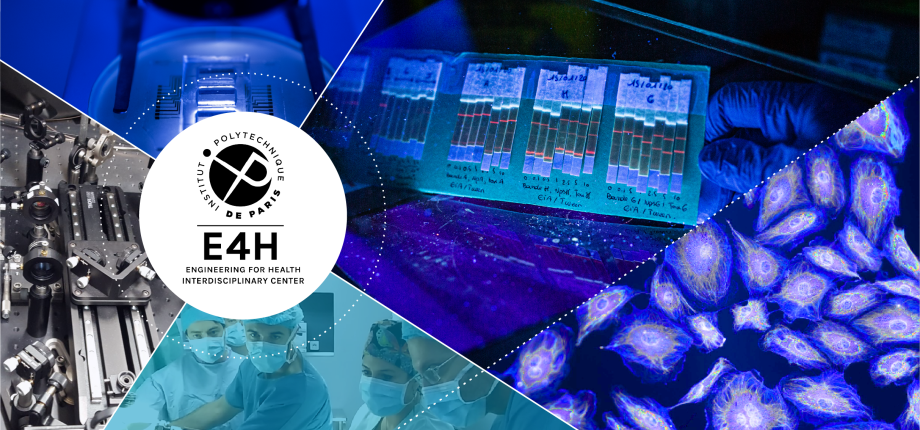
La Bioteam Paris-Saclay
La Bioteam Paris-Saclay: The collective that provides biotech companies in healthcare with a continuum of services, support, and/or hosting, from idea to scale-up. La BioTeam Paris-Saclay is a unique alliance of Genopole, Spartners by Servier & BioLabs, IncubAlliance, Kadans Science Partner, and Paris-Saclay development Authority. La BioTeam Paris-Saclay provides comprehensive support to biotech startups, offering access to state-of-the-art incubation facilities, funding, and industry connections. Through this collaborative network, La Bioteam Paris-Saclay aims to propel new players into Paris-Saclay vibrant health community.
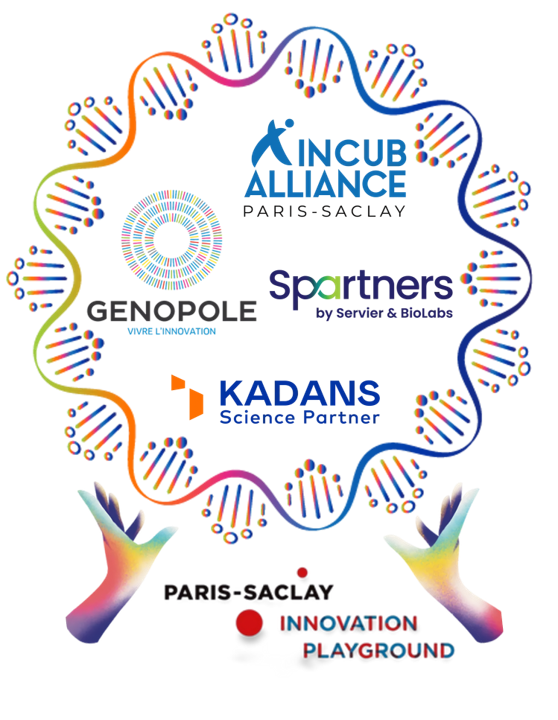
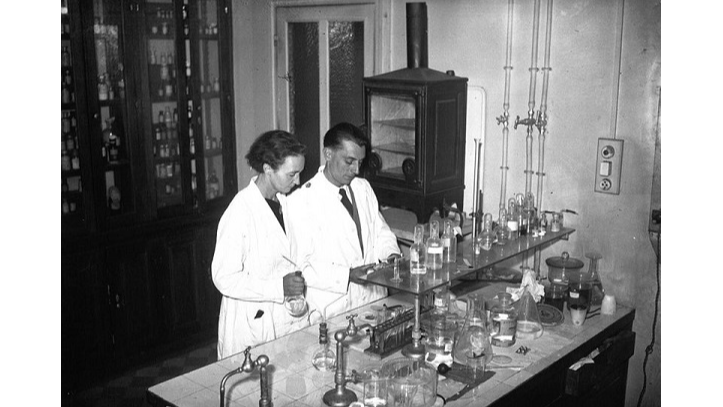
History-making inventions at Paris-Saclay
Significant pharmaceutical, technological, and medical advancements have taken place at Paris-Saclay. Among these are: proton therapy with the first particle accelerator created by Frédéric Joliot in 1937 and installed in Orsay in 1950, the first mammograph in 1965 for breast cancer screening, Taxol in 1980, used in chemotherapy, or lasers for precision surgery in 1985 for treating brain tumors or eye surgeries. The treatment of allergies with a skin patch was also invented by the biotech company DBV Technologies, created in 2002 and incubated at IncubAlliance in Orsay. Gene therapy for spinal muscular atrophy comes from an initial patent filed by a team from Généthon. Lastly, we can mention Fibrinogène, a purified human plasma derivative used in treating patients with a rare genetic coagulation disorder, developed by LFB in 2009, or Iseult, the world’s most powerful MRI, developed by the CEA in 2017.
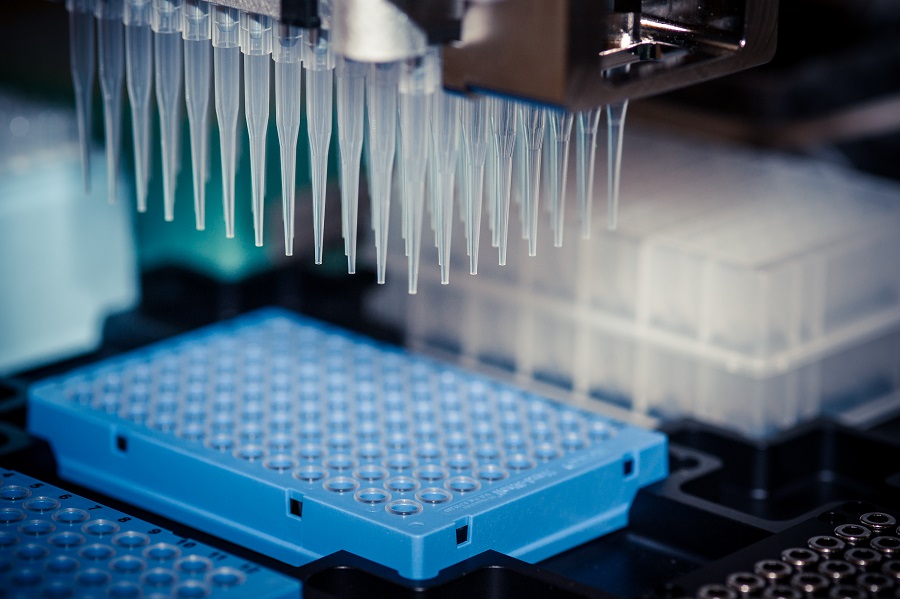
MetaGenoPolis, a global center of excellence in microbiota analysis
Demonstrator pre-industrial financed by the Future Investments Program (PIA), MetaGenoPolis is a unit of INRAE dedicated to research on human and animal microbiota applied to nutrition and health. It brings together a leading interdisciplinary team. MetaGenoPolis is now a world reference for standardized protocols and is internationally recognized for its expertise in intestinal microbiota analysis. It is developing a revolutionary scientific approach that explores the billions of bacteria present in the human intestine to reveal how they affect human health. The ambition is to develop new products and components, prognostics, and diagnostics for health and well-being. As part of its mission, MetaGenoPolis develops numerous collaborations with research laboratories, industrial partners, and startups in the area

